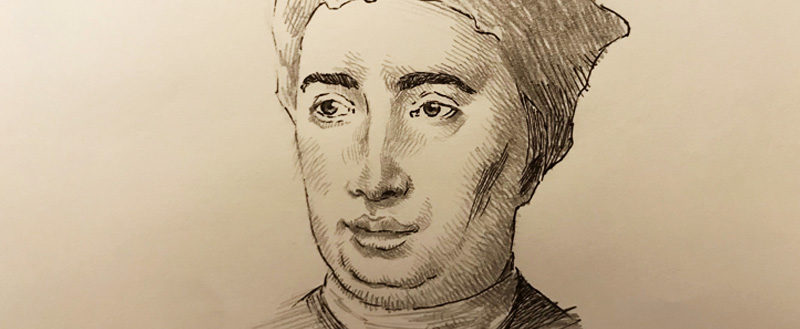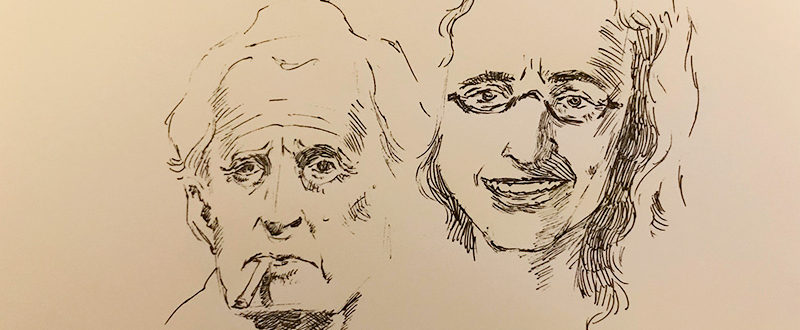Proposition 1 (P(1)). Human-centeredness in the acts of design encapsulates the intrinsic aspects of human nature in:
P~1.1. the creative acts,
P~1.2. the social relations amongst people, and
P~1.3. the metabolic relations between species-being(s) and nature.
(E)xplanation~1.1.1. Acts consist of not merely the observable behavior of manipulating matter of the world. Rather, acts embody the dynamic between internal states of the mind, the observable behaviors, and their environments.
E~1.2.1. Social relations is the meaning of any interactions between people, which includes familial, acquaintanceship, and, yes, market economic relationships (and so forth).
E~1.3.1. In species-nature relationship, human-centeredness does NOT mean a matter of importance. Rather, people can only experience and have only the mindset from the perspective of being human (i.e., we can’t know what it means to be a bat).
P(2). Design Naturalism: Designing is both natural and fundamental aspect of human nature and, conversely, humans are natural and fundamental aspects of design.
P(3). P(1) and (2) carry with them three specific considerations:
P~3.1. Human is not separate from nature.
P~3.2. Passion and sentiments drive actions.
P~3.3. Ethics as the other foundation of design.
E~3.1.1. First Consideration: It is uncontroversial that human is part of the natural system. Yet, such truism is often overlooked when design enters the picture because the oft romanticized ‘nature’ (perhaps, predominantly in modern thought) defined as outside of civilized world. Thus, man-made buildings are considered outside of nature.
E~3.1.2. The concept of ‘nature’ is defined more generally to the ‘world’ as well as the ‘beings’, or the ‘universe’ as well as the ‘atoms’. Regardless where we take the stance on the effects of human activities to the ecosystem, it is worth recognizing that, as opposed to the association to the artificial — a position popularized by Herbert Simon — human activities are naturally occurring phenomenon however unnatural it may feel or seem.
E~3.2.1. Second Consideration: Ever since the Enlightenment, rationality has been seen as the pinnacle of human mode of thoughts and has overtaken the intellectual spheres from the conception of the analytic philosophy to the rational choice economic theory (and so on), which have been greatly influencing the private and public affairs. But as Hume’s dictum indicates, by itself, reason merely provides logically sound conclusion. It takes passion, belief, and will to drive certain course of actions.
E~3.3.1. Third Consideration: The framing of Ethics as the underlying groundwork of design endeavors is a (re)formulation of the design acts to shift the paradigm of value, from the predominantly market-oriented ideology to the relationship between being(s) and the world.
E~3.3.2. By appealing Ethics for the groundwork to the philosophy of human-centeredness by no means discourages the critique of the underlying systemic problems or to put all the burden on the individual’s moral responsibility. Instead, it is to encourage the individual designers to first examine their own existential and sociological awareness and obligations. Then, through their own lenses, critically scrutinize the governing systems with all the intellectual courage and moral honesty one has, to drive change.





